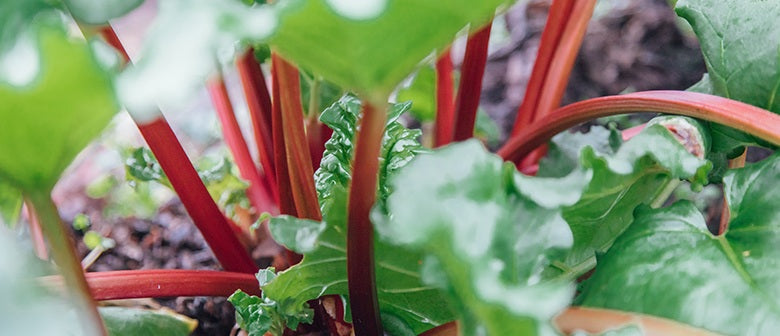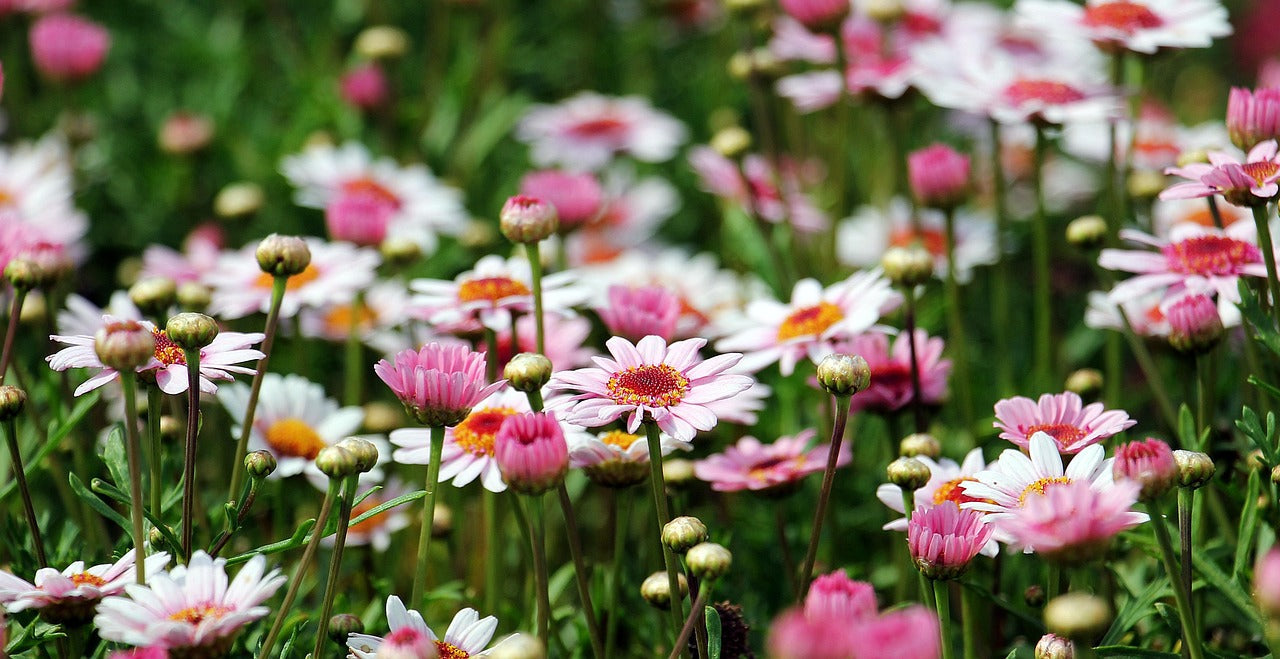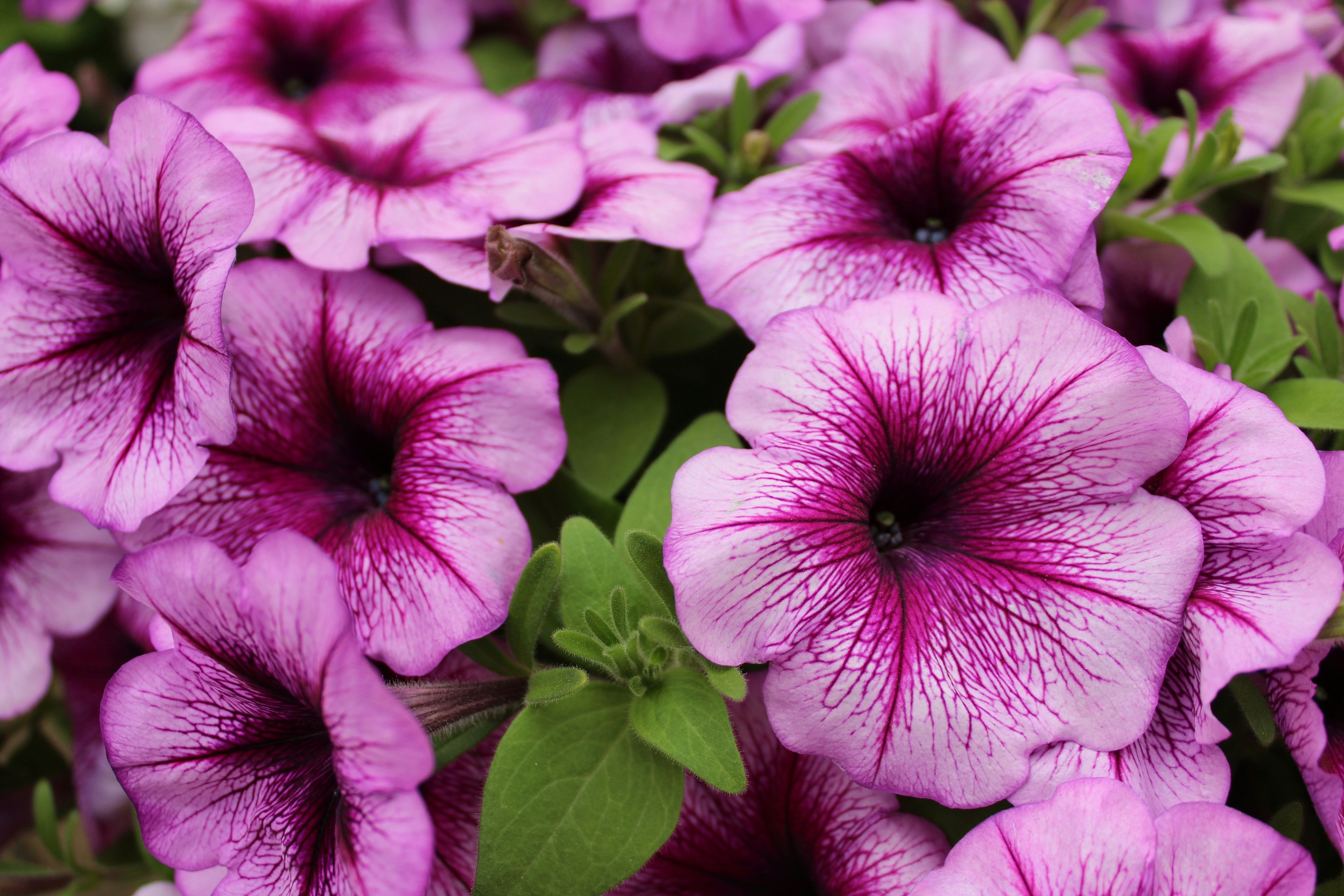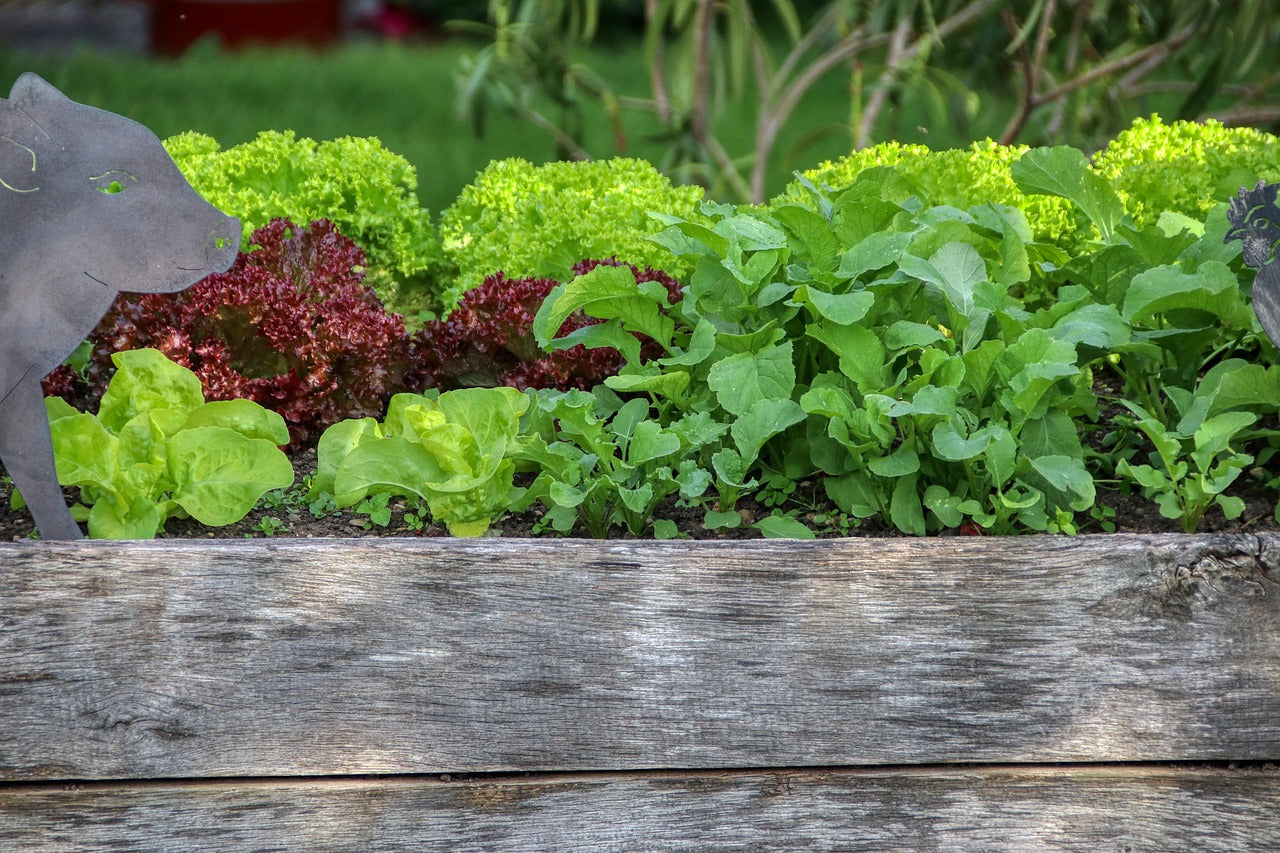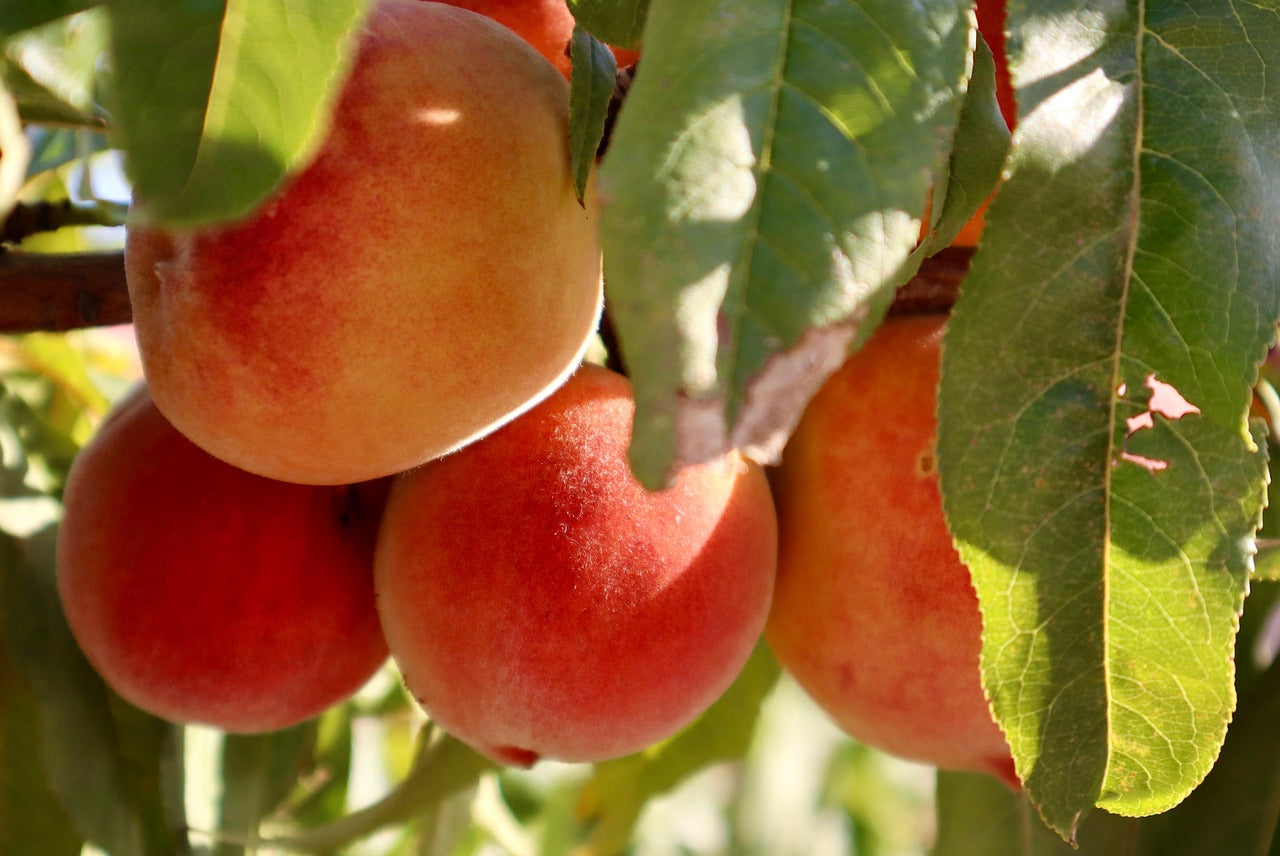Growing rhubarb at home will give you your own supply of one of the tastiest and most versatile vegetables around – yes, technically it is a vegetable, not a fruit! Rhubarb is also an easy plant to grow; has few enemies, is remarkably hardy and is great for those forgetful gardeners.

Planting Rhubarb
Rhubarb, as one would suspect from its large leaves, likes plenty of moisture and fertiliser. Find a sunny spot in your garden and before planting, dig in lots of organic matter, such as well-matured compost, and add some blood and bone. Make sure there is adequate drainage in the soil as rhubarb will rot at the base if they are continually damp. Autumn through Spring is the best time to plant rhubarb. Plant with the roots under the soil but the eye – the point where the leaves will emerge – at ground level. They need space to grow as their foliage is dense and large, so plant with at least half a metre between each plant. Consideration also needs to be given to other plants in the garden as the foliage will overshadow and shade other vegetables in the garden.
Rhubarb Care
Continue feeding through the growing season, which depending on your region will be from Spring through to Summer. Apply liquid fertiliser every couple of weeks. Your rhubarb plant will also benefit from a side dressing of blood and bone during the season, apply this before watering. Feeding can stop once you have harvested the last of the stalks and the plant will go dormant for the season. Rhubarb will produce flower stalks, sometimes on young plants but more often on older plants. Flowering reduces the plants vigour so remove these as you see them.
Harvesting Rhubarb
Don’t begin harvesting until the plant is well established – which may mean waiting until the second year. Never cut the stems from your rhubarb plants, but rather harvest them by picking the stems. When pulling the stems from the plants, hold the stem near the base and gently pull downwards and outwards with a twisting movement. This will cause the stem to come away from the plant cleanly without breaking the plant from the crown or having it come right out of the ground. It is also wise not to allow the stems to turn yellow on the plant. By doing this, you will promote more and larger stems.
Rhubarb Troubleshooting
There are few problems with rhubarb which is great! The most common complaints are:
- Snails – sprinkle Tui Quash around the base of the plants to protect from hungry slugs
- Stems aren’t red enough – depth of colour can vary from plant to plant, but colour tends to be more intense in colder areas. Feed regularly with a high-potash plant food but most of all, don’t worry! The colour does not affect the flavour.
- Rhubarb mosaic is a light and dark mottling on the leaves – this can reduce the yield so remove the affected plant if mottling occurs
Important Note: Rhubarb leaves contain high levels of Oxalic acid which can lead to stomach problems.
Rhubarb Recipes
If you need a few more reasons for growing rhubarb at home, check out our recipes below:
Rhubarb and Custard Meringue Tart

Rhubarb and Apple Crumble


